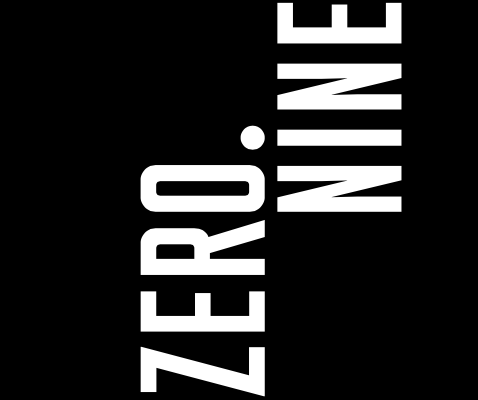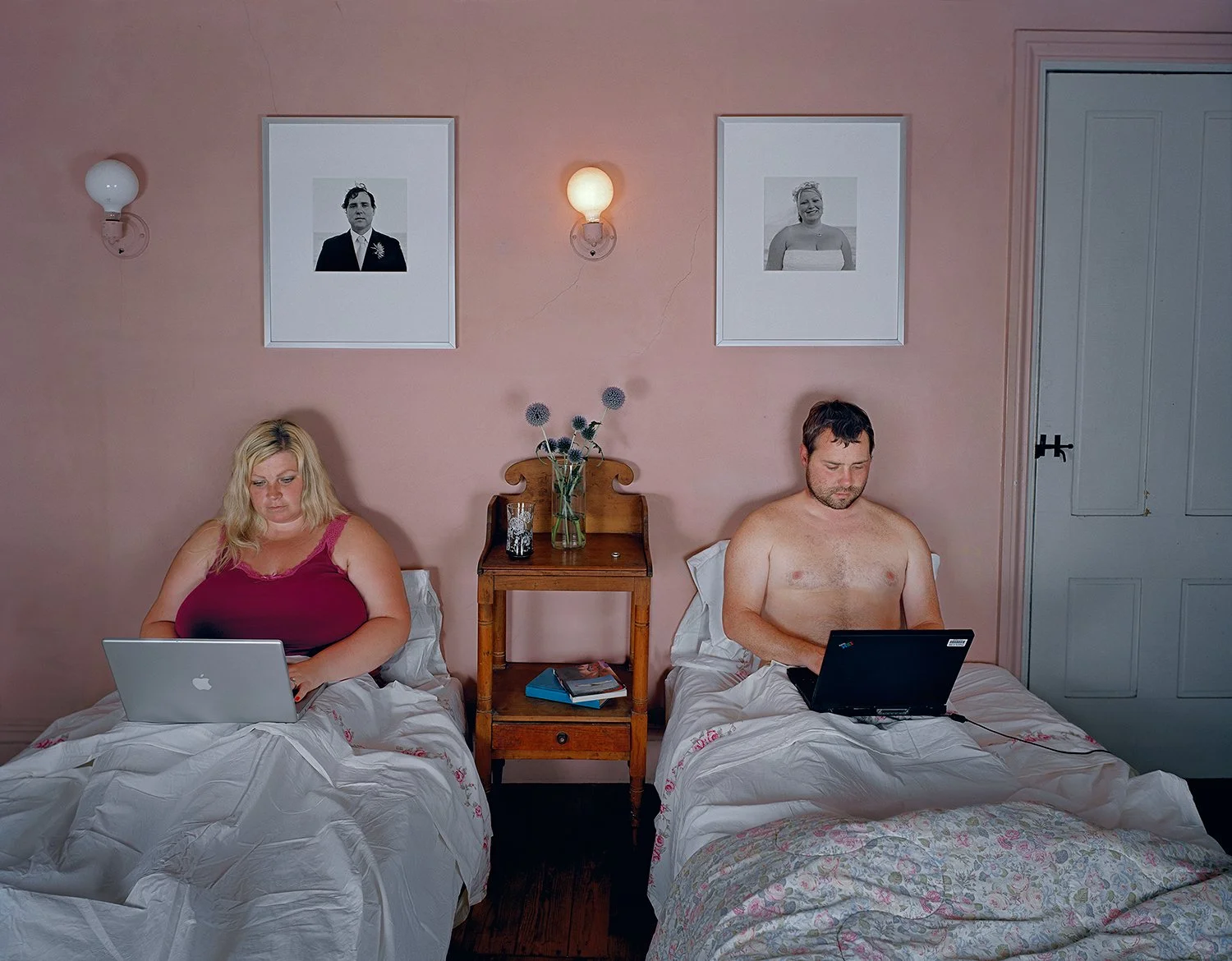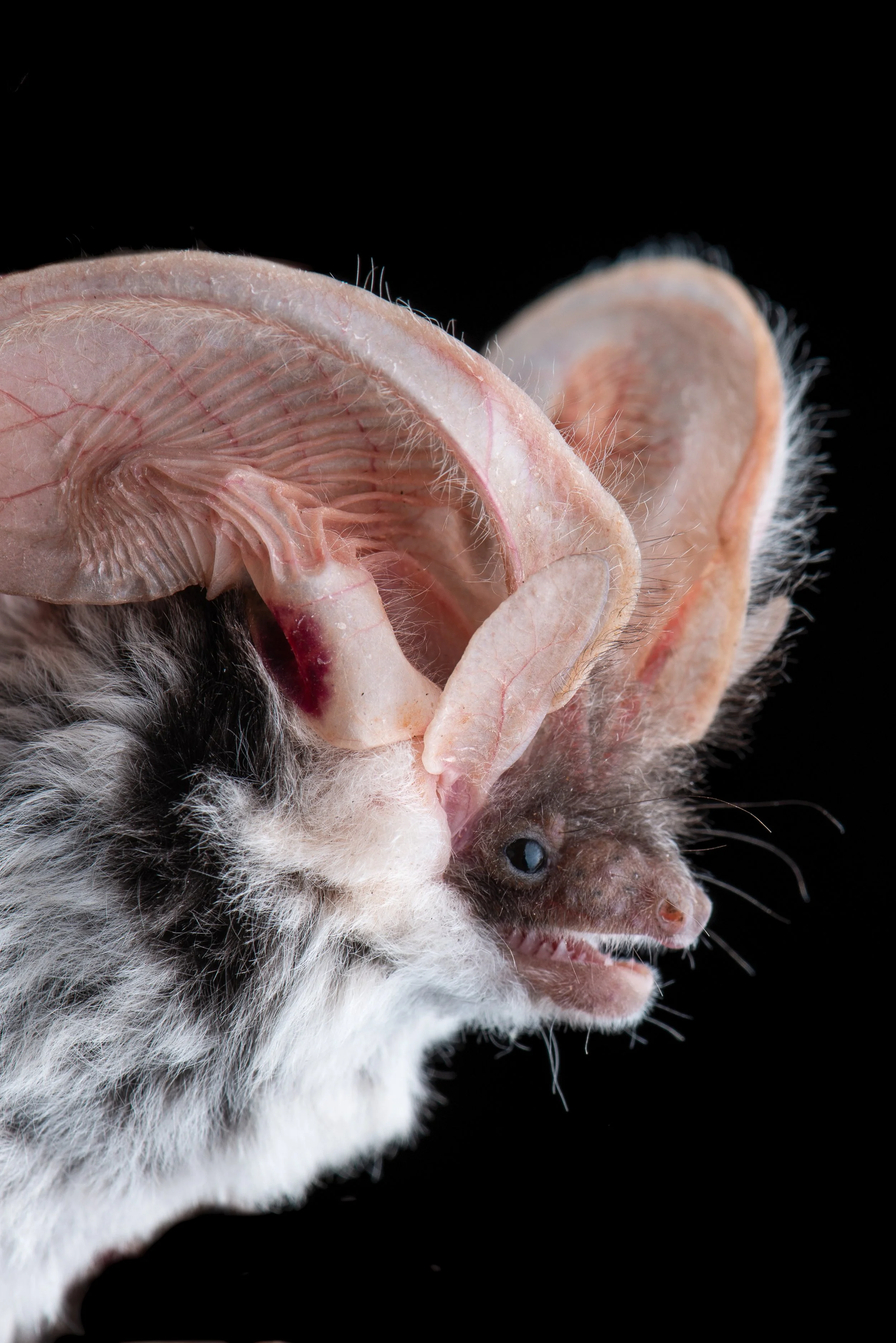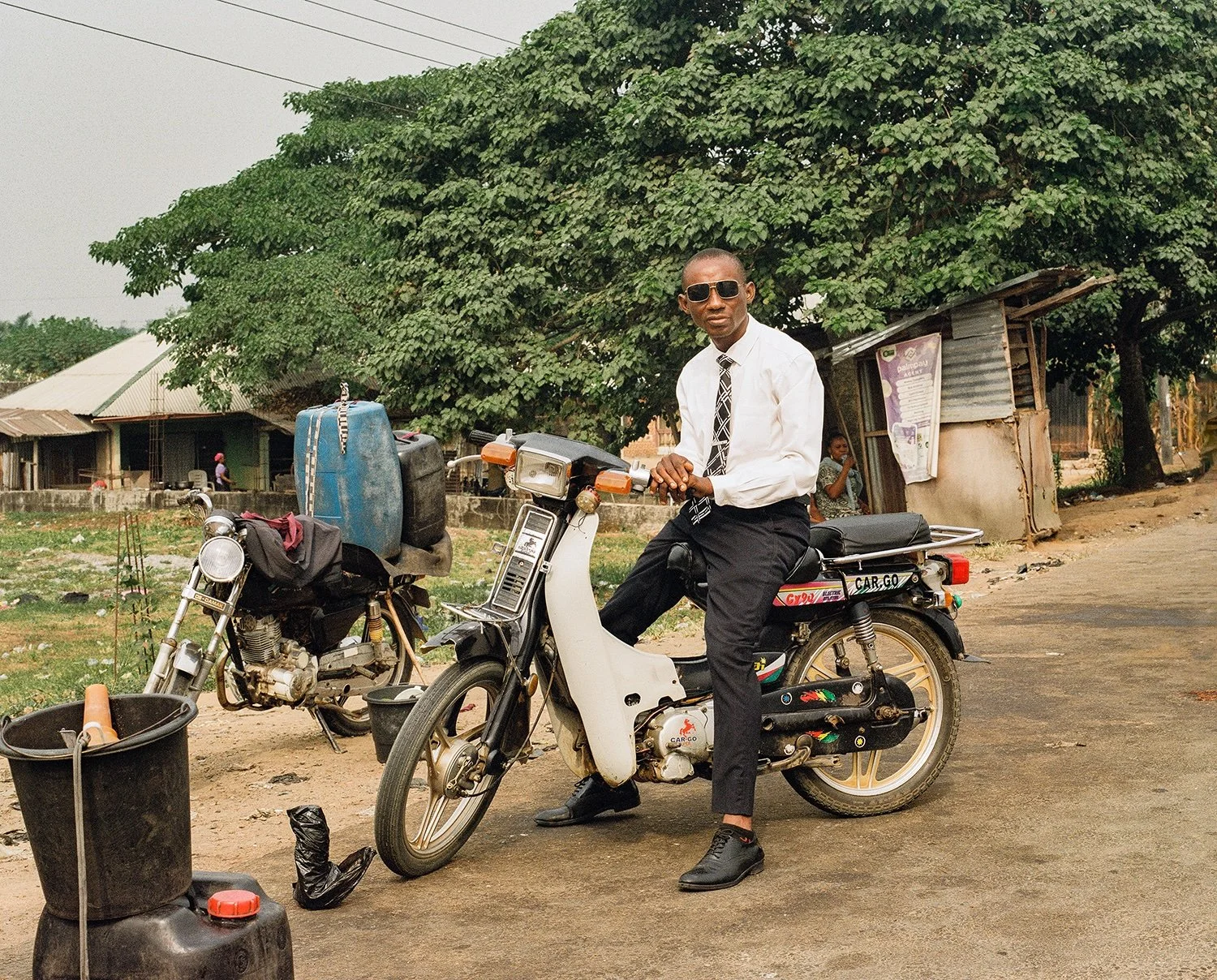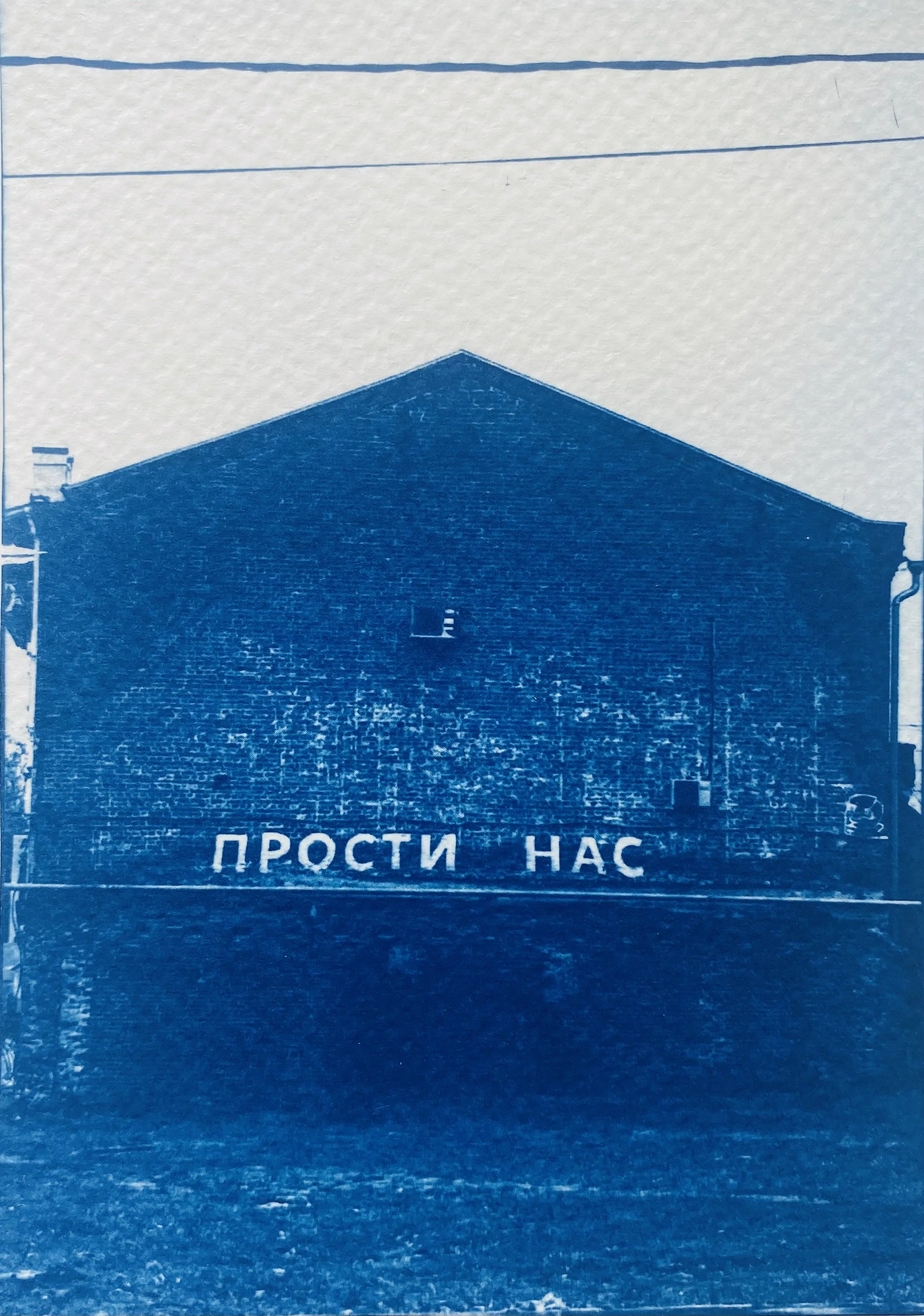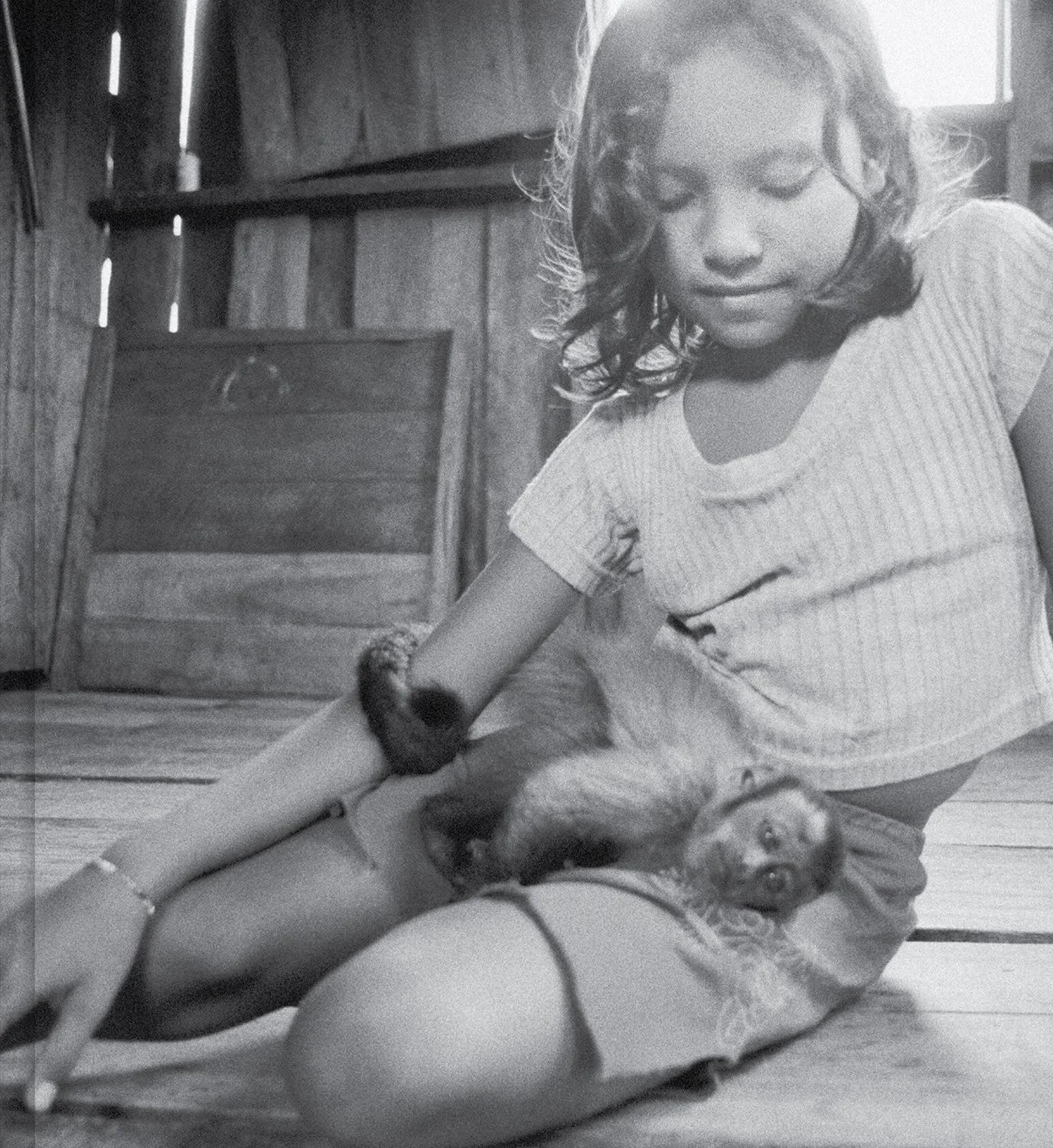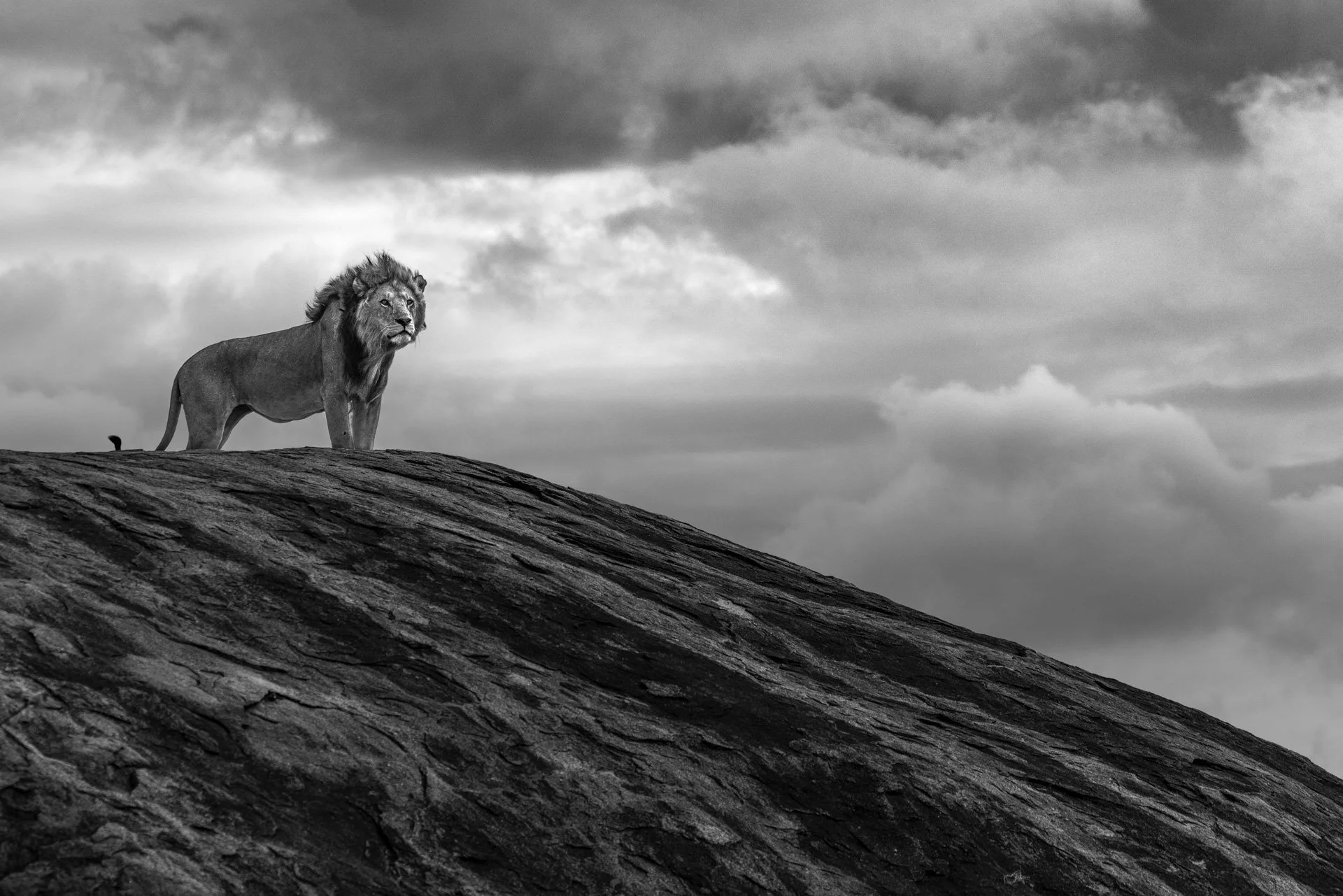Outer Space
Michael Najjar is arguably one of the most important photo artists of his generation when it comes to defining how technology will define humanity in the 21st century. We spoke exclusively to him about his ongoing project outer space, his fascination with technology and what AI will mean for his work.
Interview Christian Trippe Photography Michael Najjarliquid gravity, 2013
"liquid gravity" explores linkages between space, gravity, and the human body. A cosmonaut levitates above the ground in what seems at first sight to be an industrial environment. In fact it´s the world´s largest hydrolab at the Yuri Gagarin Cosmonaut Training Center in Star City, Russia. Known as "neutral buoyancy", the principle of simulating weightlessness in a huge tank of water was first developed by Buzz Aldrin for the Gemini project in the early 1960s. Since then the hydrolab has been a vital part of training for all cosmonauts and astronauts.
The artwork "liquid gravity" draws on a cosmonaut training session taken by Michael Najjar in December 2012 at Star City. The artist spent two hours under water in an original EVA spacesuit. The picture was taken at a depth of 12m and subsequently one element was digitally added - the Earth. The view of the globe of the Earth through the porthole dislocates the viewer’s perspective of space and questions the relationship between the real-world and fabricated reality.
Thank you so much Michael for taking the time to chat about your ongoing work ‘outer space’. You started the series back in 2011 and it now comprises over 60 photographic artworks and videos. Do you have any plans to ever stop the series?
Not at the moment, I am still very inspired by the topic of space exploration, there are so many groundbreaking developments these days. I just came back from SpaceX´s Starship launch in Texas.
The series will continue at least until my own spaceflight with Virgin Galactic, which will happen hopefully in the near future.
I couldn’t help but notice that you often present your work at a very large scale. Why is the size of the work so important to you?
Because the large formats have a much more intensive and immersive effect on the viewer. Besides, everybody is used to see hundreds of photos every day on the small cellphone screen, I want to create a different perception and visual experience with my work.
golden eye II, 2012
"golden eye II" shows one of the golden mirror segments of the James Webb Space Telescope (JWST). This next generation telescope is scheduled to be launched into space on board an Ariane 5 rocket in 2018 from Guiana Space Center as a replacement for the famous Hubble Space Telescope. JWST will have unprecedented resolution and sensitivity from the long wavelength visible to the mid-infrared range. The JWST's instruments will not measure visible or ultraviolet light like the Hubble Telescope, but will have a much greater capacity to perform infrared astronomy. Its primary scientific mission is to search forlight from the first stars and galaxies formed in the universe after the Big Bang. The telescope’s primary mirror is a beryllium reflector with a diameter of 6.5m and a collecting area of 25m . The mirror is composed of eighteen hexagonal segments which will unfold after the tele-scope is launched into space. The data collected by this golden mirror placed in orbit behind the Moon will change humanity’s understanding of the formation of the universe and the origins of life.
The artwork "golden eye II" shows one of the eighteen golden mirrors under construction at Ball Aerospace´s cleanroom in Bolder, USA. The digital recomposition combines front and rear parts of the mirror in a single image.
spaceport, 2012
"spaceport" shows the first private space hub on the planet, Spaceport America, located in the New Mexican desert west of the White Sands missile range. This futuristic building was designed by world-famous architect Lord Norman Foster. It will be the hub for future commercial space travel operated by Virgin Galactic and other private space companies and will host a fleet of new spaceships as well as an astronaut training facility. Using local materials and regional construction techniques, Spaceport America is both sustainable and sensitive to its surroundings. The sinuous shape of the building seeks to embody the drama and mystery of space flight itself. The artwork is a fusion of daytime and nighttime scenery, whose digital recomposition reinforces Foster’s lead idea of reducing the visibility of the building by merging its architectural structure with the natural environment.
Your work constantly plays with reality and fabricated reality. AI technology has been very popular for the creation of images, particularly in recent months. How do you think this new technology will impact your work? Can you see yourself using it to your advantage or do you feel threatened by it?
I do not feel threatened, it’s a new technological step in the medium and I will certainly embrace it. I just have started to learn more about the possibilities and impacts on my creation process.
Some people might assume you are the ‘photographer’ and therefore only the observer. However, you can also be seen in your own work, for example in spacewalk. How important is it for you to actively take part in it and to put yourself in extreme situations?
The performative aspect has always been an important part for me. Since “outer space” I am appearing in some artworks. The hands-on approach and the personal experiences in extreme situations are very often the base for my creative process.
orbital ascent, 2017
On 17 November 2016 at 10.06 local time an Ariane 5 rocket was launched into orbit from Guiana Space Centre. The launch vehicle started by flying straight up, gaining both vertical speed and altitude. During liftoff and the first part of the ascent, the combustion of the solid propellant in the two side boosters produces enormous thrust which accelerates the rocket and forms a huge column of smoke. During this portion of the launch, gravity acts directly against the thrust of the rocket, fighting against vertical acceleration. The milestone mission Flight Ariane VA233 brought up 4 Galileo satellites at once on orbit, making Europe’s new civil global navigation system a constellation of 18 satellites. Galileo will enable users worldwide to know their exact position in time and space with great precision and reliability. Once complete, the system will consist of 24 operational satellites and the ground infrastructure for provision of positioning, navigation and timing services. With the Galileo navigation system Europe will become independent of the American GPS system controlled by the US military.
The artwork “orbital ascent” pictures the historic launch at the Guiana Space Centre (CSG), the European spaceport near Kourou in French Guiana. The spaceport is a high tech facility surrounded by the Amazonian forest which creates not only a stirringly surrealistic setting, but can also serve as a metaphor for the strong and vital relationship between space exploration and planet Earth itself. The composition of the artwork strongly focuses on the relationship between the surface of our planet, the natural environment and Earth-observing space exploration technologies.
f.a.s.t., 2017
The work pictures the largest astronomical radio telescope on earth. China built this staggeringly large instrument called the “Five hundred-meter Aperture Spherical Telescope” in the remote and barely accessible southern mountainous region of the country. Inaugurated in 2016, the telescope was constructed in a natural sinkhole surrounded by the extraordinary mountains of the Pingtang valley. The telescope has an incredible diameter of 500 m. The surface is made of 4450 triangular metal panels shaped to the form of a geodesic dome. It can be tilted by computer to change the focus on different areas in the Universe.
The composition of the artwork “f.a.s.t.” focuses on the relationship between the natural environment and the cutting edge astronomical instrument which for the viewer evokes a sublime experience simply because of its overwhelming size and proportions in relation to the surrounding mountains. This relationship also extends from the ground to the distant stars in the sky. The artist was privileged to be given a unique opportunity to portray this extraordinary and unique astronomical instrument usually inaccessible to photographers. Searching for alien life means searching for the source of life in general and confronting a fundamental question facing humankind: where do we come from? Imagine that one day the first extraterrestrial communication signals will hit the surface of this spherical telescope. The inconceivable size of “f.a.s.t” is also a metaphor for the immeasurability of time and space which ranges from our own birth to the birth of the Universe itself.
“The hands-on approach and the personal experiences in extreme situations are very often the base for my creative process.”
You signed up in 2012 with Virgin Galactic to go into space. They have recently finally launched the first civilian spaceflight – do you have a date yet when you are going? Tell us about your plans for when you are in space. Will you take cameras, equipment, etc.?
They have not launched civilian and commercial spaceflights yet. The flight with Richard Branson was still an experimental flight. I am on the way down to Spaceport America next week to shoot the final rocket powered test flight, before commercial operations will start in July this year – finally! The delays were indeed massive. After this flight I will know more about the schedule of my ow flight. We are still discussing what kind of camera equipment I am allowed to take with me.
Your work doesn’t only revolve around space travel. You also create work related to climate change, high altitudes and other extreme situations. Looking ahead, is there a new area of interest you feel you want to dive into?
I started recently to work on the new series “cool earth” which deals with our planetary future in times of climate change and the role of new climate technologies. It explores the far-reaching ecological, economic and cultural impacts of human-induced climate change which are leading to a redefinition of the relationship between humans and nature.
This will be my focus for the next 3-4 years at least.
arctic elegy, 2022
Despite its aesthetic beauty, the artwork “arctic elegy” paints a rather threatening picture with regard to the future changes in the world caused by the consequences of climate change. We are in transit between ecotopia and dystopia. In May 2022 Michael Najjar went on an Arctic expedition to the polar pack ice and glaciers of Spitzbergen. From a dinghy he took photos of the colossal Lilliehöökbreen glacier during an Arctic snowstorm. The picture shows a state of serious instability. The huge glacier wall is in the process of collapsing, a lone small rubber dinghy with one person standing in it is in danger of being swallowed up by the falling masses and floating blocks of ice. The midnight sun bathes the scene in an unreal light. Humans seem helpless in the face of the forces they have set in motion. We know that the preservation of our planet in its present state of equilibrium depends on the ice sheets in the polar regions. Once a tipping point is passed, it is too late. To avoid triggering dangerous tipping points as the Earth’s response to the tremendous impact of humankind, we need to combine our scientific understanding of the biophysical limits of the Earth with transformative and sustainable technologies. Otherwise, we shall never reach the saving shore.
Where can we see your work next?
We will open this week a show at the Nanjing Sifang Art Museum in China, early June will open the huge Civilization exhibition at the Saatchi Gallery in London and in September I will participate at the Ars Electronica Festival in Linz, Austria.
With technology advancing at a rapid speed, what are you most excited about in the future?
Saving our planet.
posthuman waves, 2022
The artwork “posthuman waves” shows a posthuman future landscape in which mankind has been disappeared from the Earth by climate apocalypse. The viewer looks out over a coastal landscape of black sand to the sea. Soft light bathes the scenery in a morning calm. Behind the gently rolling breaking waves, massive bizarre rock formations tower up. In the foreground, on the edge of the breaking waves and framed by three rocks, stands a human-looking figure – which on closer inspection turns out to be a humanoid robot. The mood seems harmonious, everything appears to be in equilibrium. Yet the enormous craggy rock formations that make up a large part of the picture’s composition tell of a time long past. They are the peaks of a mountain range that rising sea levels have caused to sink into the water over the millennia. This could also be the fate of human civilisation. “posthuman waves” reveals an evolutionary leap in human history. Antagonism between reason and irrationality that characterises our reactions to climate change, could lead to a final dystopian picture that no longer allows for human life on our planet.
starbase, 2022
It looks like a set from a sci-fi movie. In a tiny village called Boca Chica in South Texas, on the border with Mexico, the interplanetary future of mankind is taking shape. Elon Musk´s company SpaceX is building the most futuristic and ambitious spaceport in human history here: the city of Starbase. From this place, in the near future, mankind will embark on the journey to Mars in huge spaceships, so-called Starships. 50 meters high and with a diameter of 9 meters, the spaceship can accommodate up to 100 passengers. Much of the interior serves as living space that can also be modified for cargo transport. The Starship is mounted on the 70 meters high Super Heavy Booster. Stacked one on top of the other, the Starship and Super Heavy are almost 120 meters high and completely reusable. A new type of tower catches and stabilizes the booster returning from space and the spaceship with a set of giant “arms”, shortly before they touch down softly on the pad. SpaceX started building the Starship production facilities in 2020, and a production line for series production of the spaceship was set up in several large tents and vertical hangars - it is growing every day. The Starbase is not just a spaceport, but is set to grow into a terrestrial space city in the future.
The work "starbase" visualizes the futuristic new spaceport currently under construction. The triptych opens the viewer's gaze to a vast landscape of construction sites. The eyes wander across an open grassy landscape to a scenery that at first glance is reminiscent of the skyline of an urban metropolis lit up at night. However, there are no skyscrapers, rather numerous prototypes of the shiny steel Starship, several Super Heavy Boosters, and the take-off and landing tower with its launch pad, tank storage and production hangars. The vertical rockets, spaceships and towers rising into the night sky form a strong contrast to the horizontal panoramic scenery. Construction work is going on everywhere, further extensive infrastructure will be added in the coming months and years to complete the future space city. The work depicts a historic phase in the space program of the early 21st century. In the middle of this decade, the Starship will land astronauts on the moon for NASA; in the coming decade mankind will set off on a journey to Mars from Starbase.
About Michael
Michael’s work can be seen as part of the Civilization exhibition at Saatchi in London until 17 September 2023.
To see more of his work, visit his website or follow him on Instagram
